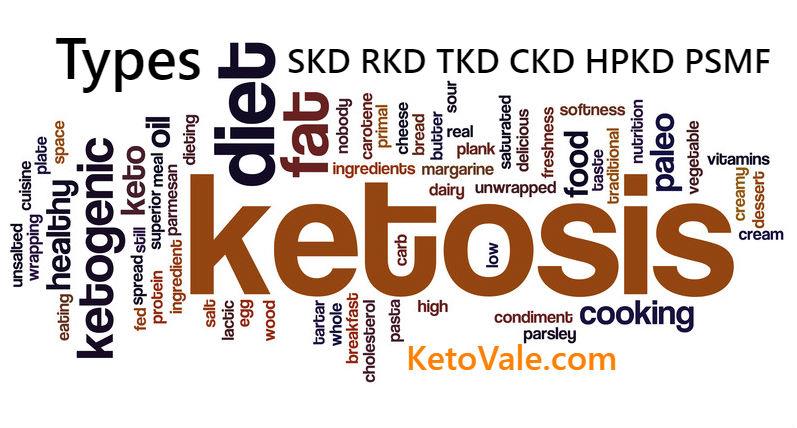There are several types of ketogenic diets, and each one is useful for different purposes. Compare each one and decide which path is going to be best to help you reach your goals.
Standard Keto Diet (SKD)
The SKD is the most basic form of the keto diet. The goal is to have 20 grams or less of carbohydrates per day to keep you in ketosis. Your calories will be made up of proteins and fats. This is the perfect place to get started, and many people have no need to change this plan.
You can read our guide about the standard ketogenic diet for more details. This is the most commonly followed keto lifestyle.
Restricted Ketogenic Diet (RKD)
The RKD is a more calorie restricted version of the standard ketogenic diet, and is often begun with a water only fast for up to 3 days. This form of the ketogenic diet is used in medical settings, and is being tested for use against various forms of cancer.
Patients are restricted to less than 12 grams of carbohydrates per day, and blood ketone levels as well as blood glucose levels are strictly monitored along with food intake. Calories are kept lower in general, though this is highly individualized (1).
Targeted Ketogenic Diet (TKD)
The TKD aims to have you consume your carbohydrates around workout times, either immediately before or immediately after. This plan is most useful for people who are exercising regularly, both as new athletes and as those who are highly trained.
The carbohydrates should still be kept low, though workouts can raise carb tolerance and some individuals may want to experiment with limits of 30-50 grams of carbohydrates to maintain energy levels during exercise.
Cyclic Ketogenic Diet (CKD)
The CKD is for advanced athletes that require a significantly greater boost in carbohydrates for fuel during training. These athletes can include endurance runners, powerlifters, and professional sports players.
On a cyclical keto diet, athletes would consume higher levels of carbohydrates for two days prior to competition to fully reload glycogen storage. This can help increase muscle growth and power, though it can also lead to some fat storage.
High Protein Ketogenic Diet (HPKD)
This version of the keto diet is ideal for those trying to shed excess body fat. In the HPKD, the goal is specifically to drop FAT from the body, not just weight in general.
Having protein in a higher proportion to fat allows the body to maintain lean muscle mass, to build muscle if working out, and to use the fat already stored on the body as fuel even faster than a standard ketogenic diet.
On this modification, you’d be eating up to 1.5 grams of protein per pound of lean mass. This much protein tends to have an added fat burning effect, as those who increase protein overall have an easier time losing inches while maintaining or gaining strength (2).
Protein Sparing Modified Fast (PSMF)
This highly restrictive modification of the ketogenic diet essentially includes only lean proteins, is kept to roughly 600-1000 calories per day, and is designed as a short term solution to kick-start weight loss while preserving muscle mass.
Those on a PSMF avoid meats that are higher in fat, and do not add fat while cooking, while continuing to avoid carbohydrates. The fat that is burned for ketones, therefore, comes entirely from fat stored on the body. While this modification is great short-term, it is not sustainable as a lifestyle.







